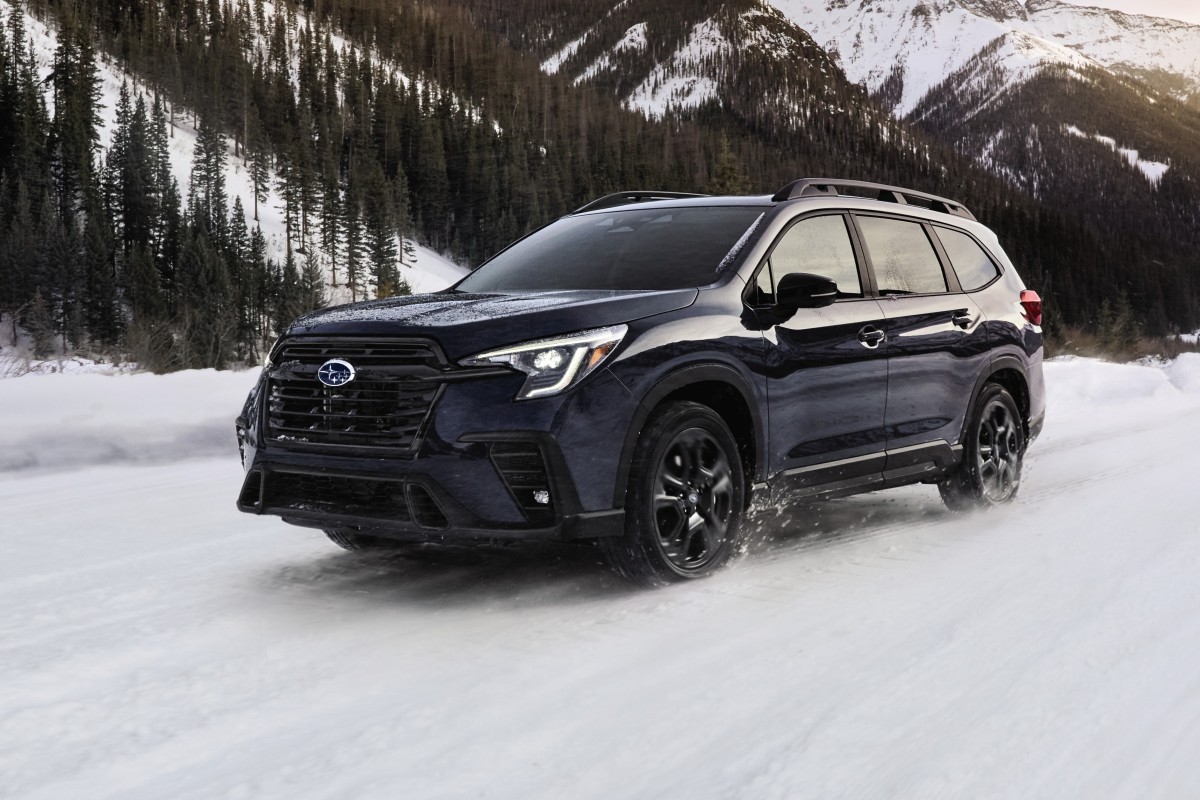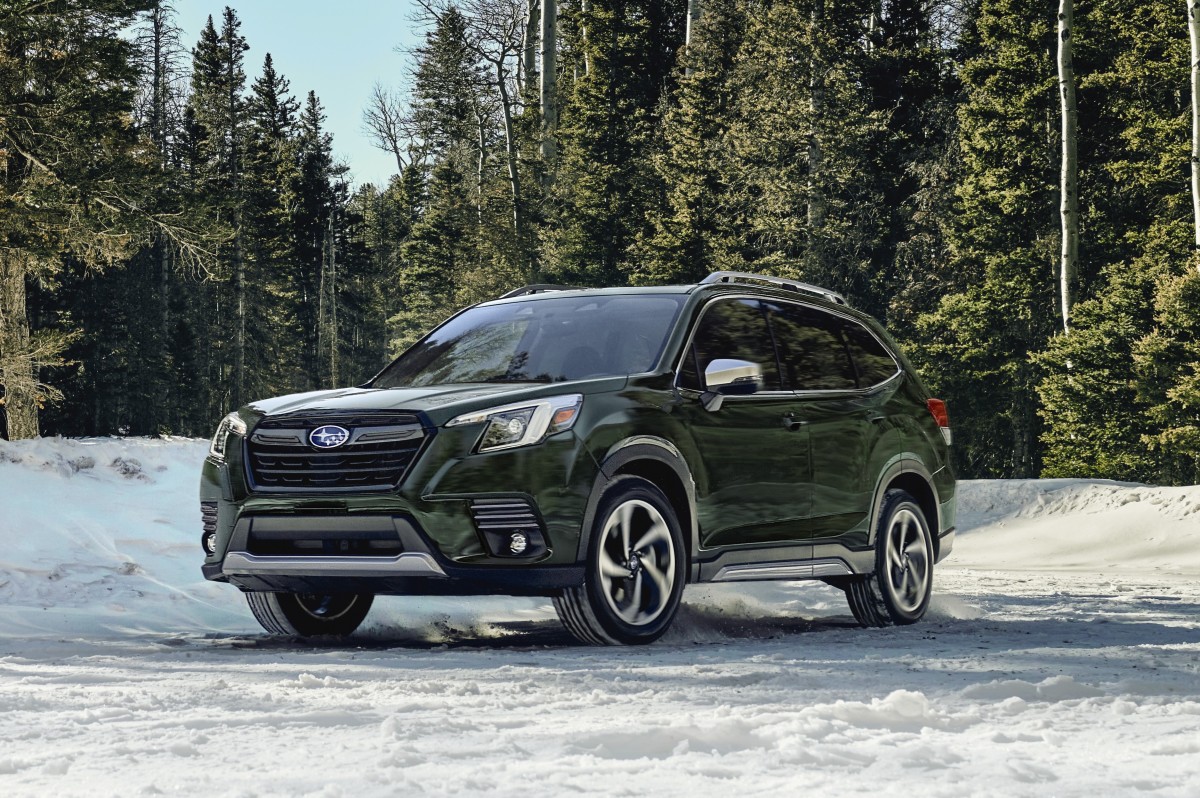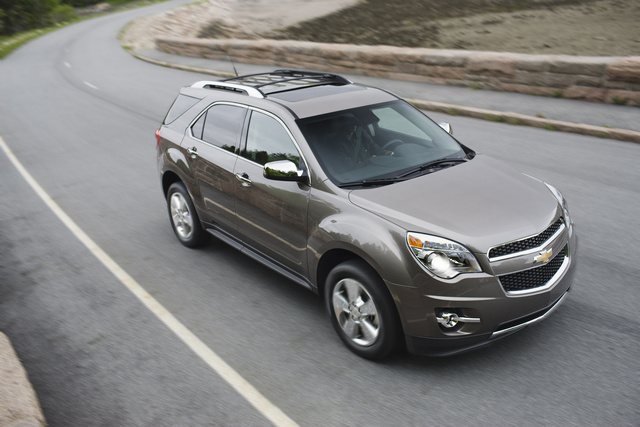Driving safely in winter weather begins before you hit the road. You’ll want to prepare your car for the cold and make sure your car looks the part. That means cleaning all the snow and ice off your entire vehicle, not just the windshield. Chunks of snow flying off your roof can be a hazard for other motorists.
It never hurts to invest in a set of winter tires, and keep critical supplies in the trunk. Finally, make sure your kids are prepared to ride safely in the winter. It’s natural to bundle up your children in cold weather, but once inside the car, those outer layers will need to be removed so they don’t interfere with seat belts and harnesses in your child’s car seat.
Now that you’re prepared to hit the road, here are some tips for staying safe behind the wheel this winter.
The Golden Rule: Drive Slowly
The most important advice for winter driving is simple and straightforward: Don’t speed. Take your time. Go slow. Doing anything on snow-covered roads—accelerating, stopping, turning—takes extra time, so drive slowly and make sure you have enough time to maneuver safely.
Get Things Started

Getting under way can be the hardest part of winter driving. If the snow is deep around your parked car, you’ll want to shovel a path in front of the wheels for several feet. Use a light touch on the accelerator to ease out of the space—too much gas will spin the wheels, which only digs the car in deeper. If you need more traction, spread sand or salt (or kitty litter) in front of and behind the drive wheels. Drivers with manual transmissions can try starting in second gear to get out of snowy spots.
Don’t Follow Too Closely

The best way to measure distance while driving is with time. You can do this by noting how much time passes between the car in front of you passing a still object (like a sign or a rock) and when you pass that same object. In dry conditions, you should be at least 3-4 seconds behind the car in front of you, which would give you enough time to avoid it if the car made an unexpected stop. In slippery winter conditions, you should stay 8-10 seconds behind the vehicle in front of you. That distance also provides you extra cushion in case your vehicle slips or skids as you’re braking.
Steer Strategically
Use smooth, cautious, and precise motions to steer safely in winter conditions. Sudden or jerky movements can lead to skidding. If you’re going faster than 25 mph and suddenly need to avoid a collision, steer away from it, rather than braking aggressively. It takes more time to brake than it does to steer around an object at that speed, and sudden braking can lead to loss of control when the temperature is near or below freezing.
Brake Early, Trust ABS
Because it takes much longer to stop on ice or snow than it does on dry pavement, the first rule for cold-weather braking is to give yourself more time than you normally would—this means you should be aware of what’s happening 20 or 30 seconds in front of you, even if the car in front of you is only 8-10 seconds ahead. If you have anti-lock brakes (ABS), and most vehicles do these days, do not pump or take your foot off the brake if you feel the brake pedal vibrate when you have to suddenly brake. That vibration is the ABS working, and that system will allow you to keep steering while you’re slowing the vehicle. If you don’t have anti-lock brakes, keep your heel on the floor and use the ball of your foot to apply smooth, steady pressure, which should help prevent the wheels from locking. If you do feel them lock up and start to slide, that’s when it’s time to pump the brakes.
Tackle Hills

The best way to approach a snowy uphill climb is by gaining some momentum (within the speed limit) before reaching the hill, and then using that inertia to carry you to the top. Don’t try to power up the hill once you’re already on it, as this will only spin the wheels. Also, don’t stop on a snowy uphill if you can avoid it—getting started on a slick incline is tricky. As for going down hills in the snow, follow the Golden Rule (and then some) by going extra, extra slow.
Steer Into the Skid
A rear-wheel, or oversteering, skid is the most common, and most dangerous, type of slide on an icy road. There are three things to remember in rear-wheel slides: Don’t hit the brakes, steer into the skid, and don’t panic or overreact. Braking will only make a slide worse—your wheels need to be able to move freely to correct the skid. Steering into the skid means turning your steering wheel in the same direction the rear wheels are sliding. But be careful not to overcorrect with that steering motion, otherwise it will lead to a fishtail. If your rear wheels are sliding slightly to the left, turn your steering wheel slightly to the left. The more exaggerated the skid, the more you’ll need to turn.
If your front wheels lose traction, stay off the brakes and accelerator. Keep your steering wheel pointed in the direction you want to go, and wait for the front wheels to gain some traction so you can gently return to your intended direction.
Snow Plow Etiquette

Don’t travel beside or too closely behind a snow plow, because they move slowly, stop often, overlap lanes, and make wide turns. If you stay a safe distance behind, driving behind a plow becomes a safe place to travel, because it has just cleared the road. Always be sure you can see the snow plow’s mirrors—that way you know the plow driver can see you. If you must pass a plow, make sure you have the room and traction to do it safely.
In Case of Emergency
If you end up stranded on the roadside in the winter, you’ll want to follow some safety rules. First, stay with your car and don’t overexert yourself trying to get it unstuck from the snow. Put out hazard flares or reflective safety triangles if you have them, put bright markers on the antenna or windows, or at least keep the interior dome light turned on so other motorists can see you. Don’t run the car continuously with your windows up, as this could lead to asphyxiation from carbon monoxide poisoning. Run your vehicle intermittently, just long enough to stay warm, and make sure to clear all the snow out of its exhaust pipe.
The Bottom Line
Driving when the temperature is near or below freezing is a challenge. If you prepare beforehand, understand the dynamics of icy roads, and drive slowly, the challenge of winter driving becomes that much safer.



